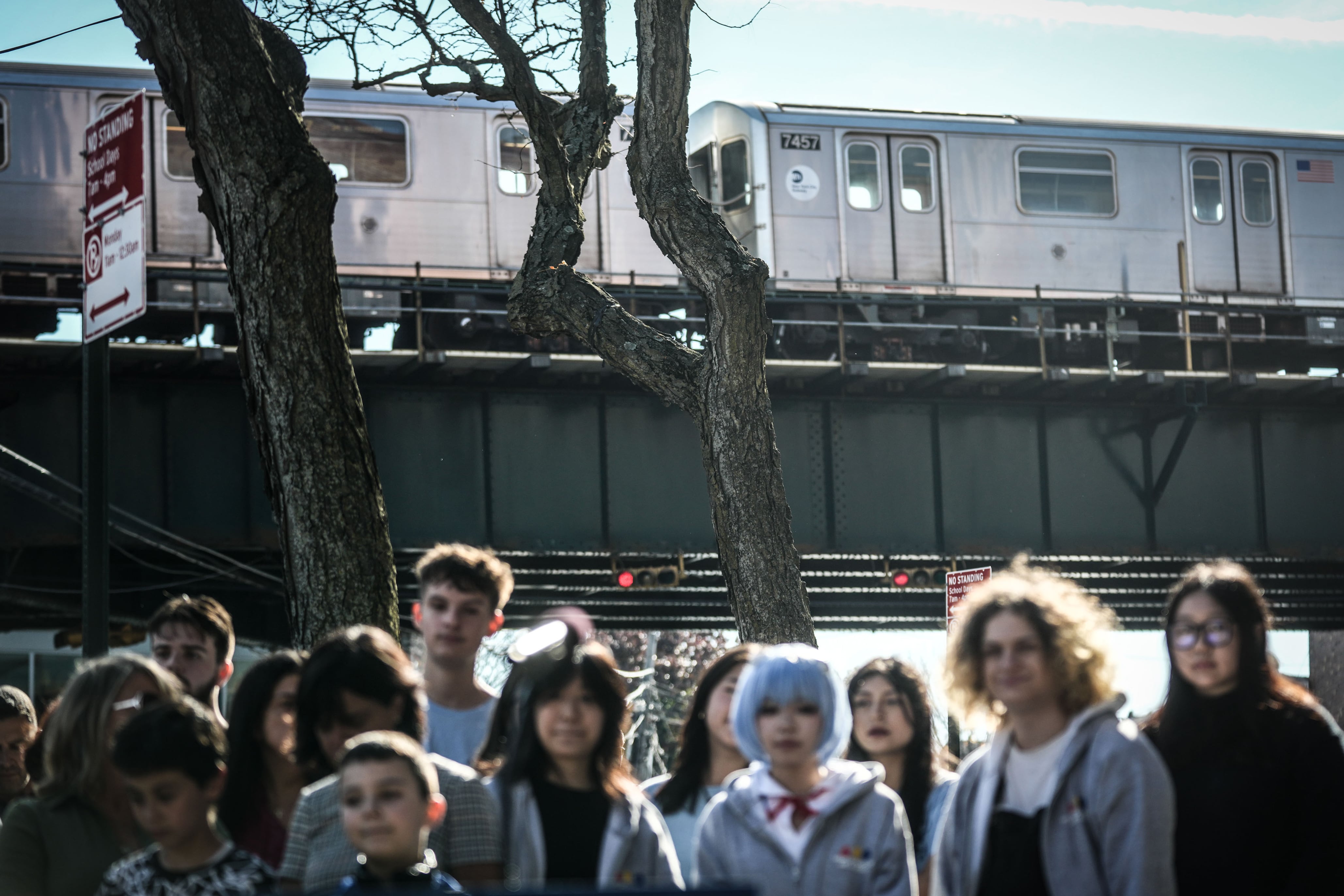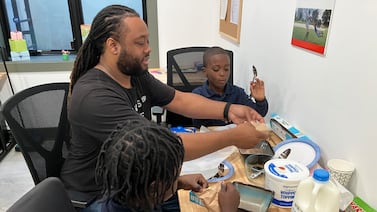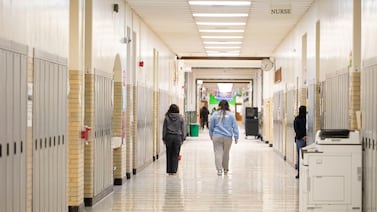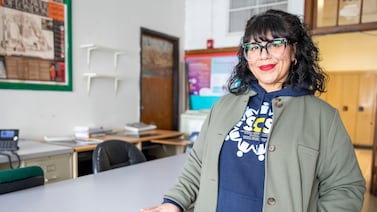Sign up for Chalkbeat New York’s free daily newsletter to keep up with NYC’s public schools.
Amid a string of deaths involving young people riding atop subway cars, New York City officials say they’re ramping up prevention efforts, including a drone program to spot subway surfers on elevated trains.
And the Education Department is spreading anti-subway surfing messages as part of a public awareness campaign, targeting schools near the subway lines where young people have been spotted riding outside or on top of train cars, schools Chancellor Melissa Aviles-Ramos said Thursday.
The efforts come as six young people have been killed in subway surfing incidents so far this year, including multiple fatalities in recent weeks. That’s up from five during all of 2023. One victim earlier this year was 11 years old.
Arrests of young people for subway surfing have spiked 46% so far this year, police statistics show.
Videos of young people subway surfing have taken off on social media and are part of a city lawsuit against companies including TikTok and Instagram. Officials said social media companies agreed to take down some of the videos.
Officials have also ramped up drone flights near some subway lines to spot subway surfers and detain them. During a Thursday press conference in Woodside directly off the No. 7 train, officials played drone footage of young people riding outside trains, noting that they have identified 114 people subway surfing with over 900 drone flights. Most were teens, though officials said they spotted subway surfers as young as 9 years old.
The drones provide video to show families,”so the parents can see firsthand the danger their children are putting themselves in,” interim NYPD Commissioner Thomas Donlon told reporters. “Every injury, every death, is 100% preventable.”
About 60 schools situated near the No. 7 and J, M, Z lines have received anti-subway surfing posters and other materials, Aviles-Ramos said. The Education Department has also partnered with the Metropolitan Transportation Authority on a broader public awareness campaign taglined “Ride Inside, Stay Alive” with materials and messages that were designed by students at Manhattan’s High School of Art and Design. About 1,300 students have received more explicit presentations about the dangers of subway surfing from police officials, the schools chief said.
“We are amplifying student voice and peer-to-peer messaging to fight the potentially dangerous effects of peer pressure and social media,” Aviles-Ramos said.
Some experts said the public messaging efforts were a good first step but would likely have minimal impact on young people who are susceptible to peer pressure and are still developing an understanding of how to assess risks.
Kevin Dahill-Fuchel, executive director of Counseling in Schools, which provides mental health services at schools across the city, said students who engage in risky behavior need adults who are drilling down into their motivations and trying to redirect them to another activity that excites them.
“It’s just another manifestation of these kinds of things that kids do when they’re developing their brains and trying to figure out who they are,” Dahill-Fuchel said. He added: “‘Just say no’ doesn’t work so much because you’re not saying what to say ‘yes’ to.”
Some worry the Police Department’s efforts to crack down on subway surfing could be counterproductive, making some students dig in. So far this year, police have arrested 164 children for subway surfing, up from 112 over the same period last year, an NYPD spokesperson wrote in an email. Police officials told reporters that they’ve arrested over 40 people for subway surfing more than once.
Forcing children into counseling may not be an effective strategy, but Dahill-Fuchel wondered if there could be more intentional education programs specifically for young people caught subway surfing rather than leaving it to the police to address.
By tangling up students with the police, he said, “you’re just going to create another level of resistance.”
Alex Zimmerman is a reporter for Chalkbeat New York, covering NYC public schools. Contact Alex at azimmerman@chalkbeat.org.







